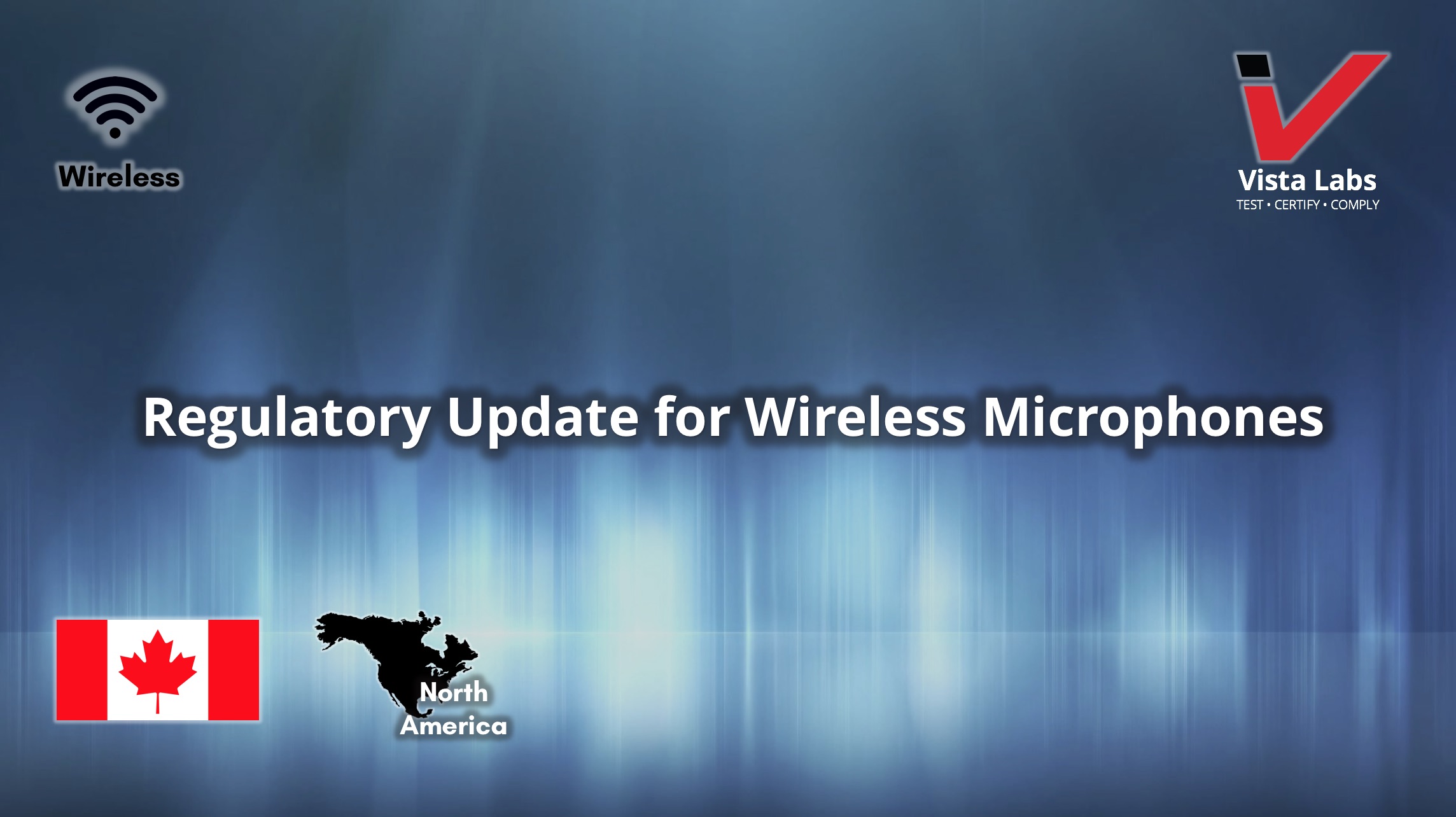The Innovation, Science and Economic Development (ISED) of Canada address spectrum access and associated licensing mechanisms for wireless microphones operating in the 54-72 MHz, 76-88 MHz, 174-216 MHz, 470-608 MHz, 614-617 MHz, 652-663 MHz, 941.5-952 MHz, 953-960 MHz, 6930-6955 MHz, and 7100-7125 MHz frequency bands.
Here is the summary of the update and the key decision which were made.
New Operations:
- Wireless microphones are permitted to operate in the 614-617 MHz band (guard band) and 652-663 MHz band (duplex gap).
- Wireless microphones are permitted to operate in the 941.5-952 MHz, 953-960 MHz, 6930-6955 MHz and 7100-7125 MHz bands.
- Wireless microphones are permitted to operate in the 614-617 MHz guard band and 652-663 MHz duplex gap on a licence-exempt, no-protection, no-interference basis, subject to technical rules soon to be published in applicable RSS updates.
- Wireless microphones are permitted to operate on a voluntarily licensed basis within the upper portion of the duplex gap (657-663 MHz) subject to new technical rules that will be published in applicable RSS updates.
Continued Operations:
- Wireless microphones may continue operations in the TV broadcasting bands 54-72 MHz, 76-88 MHz, 174-216 MHz and 470-608 MHz licence-exempt, no-protection, and no-interference.
- Wireless microphones may continue to operate on a voluntarily licensed basis across the 54-72 MHz, 76-88 MHz, 174-216 MHz and 470-608 MHz TV broadcasting bands.
License Eligibility:
- Only eligible applicants (Broadcasters and other program producers, large venue operators and owners, professional sound companies, and theatre, music, sporting venues, and other similar event organizations that require high-quality audio wireless microphones as part of their productions or events.) may apply for a voluntary licence.
- Organizations requiring high-quality audio wireless microphones as part of their productions are eligible for licensing in the frequency bands frequency bands 941.5-952 MHz, 953-960 MHz, 6930-6955 MHz, and 7100-7125 MHz as well as the bands where wireless microphones share with white space devices.
Requirements:
- Voluntarily licensed wireless microphone operators must continue to register their operation with a white space database in order to be protected from harmful interference from white space devices.
- The operation of wireless microphones in the frequency bands 941.5-952 MHz, 953-960 MHz, 6930-6955 MHz, and 7100-7125 MHz is on a licensed, no-interference, no-protection basis. A radio license is required for the use of wireless microphones in these bands.
- With this decision, ISED is lifting the moratorium on applications for voluntary licences by eligible wireless microphone users within the TV broadcasting bands (54-72 MHz, 76-88 MHz, 174-216 MHz, and 470-608 MHz). A moratorium on issuance of voluntary licences for wireless microphones will remain in place for the upper portion of the duplex gap (657-663 MHz) shared with white space devices until final technical rules are established. ISED intends to lift the moratorium on the licensing of wireless microphones in the band 657-663 MHz, once new technical rules are established.
The term "wireless microphones" is used to generically describe low - power devices also permitted under the current regulatory framework, such as communications cue, control systems, and video camera signal synchronization.



